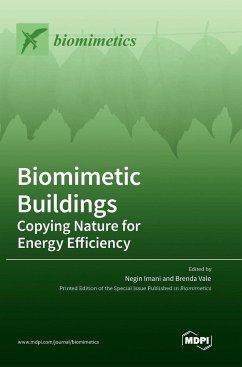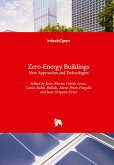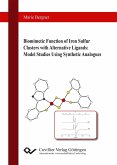Buildings are responsible for almost one third of global energy consumption. The building and construction sector could thus make a significant contribution to the communal effort needed to meet the Paris Agreement that would substantially reduce global greenhouse gas emissions and mitigate climate change. Given the importance of decarbonizing buildings and making them energy efficient in order to meet the Paris Agreement, and bearing in mind the promising role of biomimetic solutions in achieving this goal, this book reports on some recent research in the field related to bio-inspired approaches for reducing building energy use. This book includes a review of the use of biomimicry in modern building design; how both the Saharan ant and the zebra have inspired strategies for reducing energy use in Panama City; how the study of biomimetics can contribute to city regeneration; the description of a method to connect the thermal physiology of plants and animals to thermal challenges in buildings; how biomimicry could contribute to creating a circular economy in the construction sector; and how advances in electricity storage could benefit from a biomimetic approach. This book thus covers a combination of research and review articles to offer a glimpse into current biomimetic design strategies together with new directions for future research.
Hinweis: Dieser Artikel kann nur an eine deutsche Lieferadresse ausgeliefert werden.
Hinweis: Dieser Artikel kann nur an eine deutsche Lieferadresse ausgeliefert werden.








